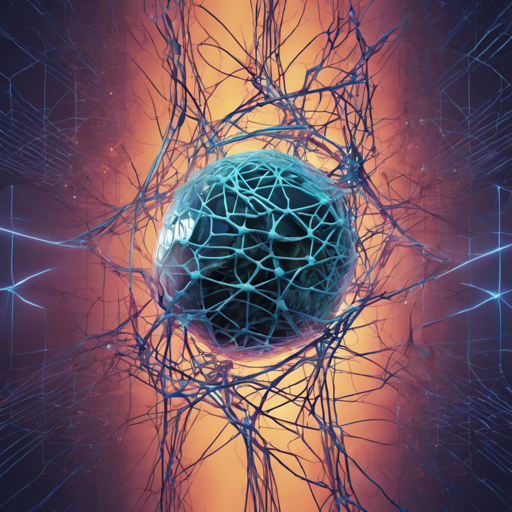Have you ever dreamed of training a Neural Radiance Field (NeRF) model in mere seconds? Instant Neural Graphics Primitives (instant-ngp) is here to turn that dream into a reality! This technology allows you to create stunning graphical representations quickly, handling various tasks like NeRF, signed distance functions (SDFs), neural images, and neural volumes.
Installation Guide
Before you dive into creating amazing graphics, let’s get your system set up. Depending on your operating system, follow these steps:
- For Windows: Download the appropriate instant-ngp release corresponding to your graphics card and extract it. Start
instant-ngp.exe. - For Linux: If you’re using Linux, or want to build the developer Python bindings, follow the instructions to build instant-ngp [here](https://github.com/NVlabs/instant-ngp#building-instant-ngp-windows–linux).
Hardware Requirements
Make sure your system has an NVIDIA GPU; tensor cores are recommended for optimal performance. Below are specific links for different graphics series:
How to Use Instant-ngp
Once you have the software set up, using instant-ngp is an intuitive experience. The application includes an interactive GUI with features such as:
- Comprehensive controls for exploring neural graphics primitives
- VR mode for immersive viewing
- Snapshot saving and loading capabilities
- Camera path editing for video creation
- NeRF-Mesh and SDF-Mesh conversion tools
Training a NeRF Model
To train a NeRF model, simply drag the corresponding dataset folder (such as data/nerf/fox) into the GUI window, or use the command line with sh instant-ngp $ .instant-ngp data/nerf/fox. You can utilize any NeRF-compatible dataset such as those from the original NeRF or the SILVR dataset.
Analogous Explanation of Multi-resolution Hash Encoding
Think of multi-resolution hash encoding like a finely-tuned magnifying glass that adjusts its focus based on the distance of the target object. Just as you change the lens to see different details at various distances, multi-resolution hash encoding tweaks neural networks to efficiently encode input data at multiple resolutions. This makes the instant-ngp system faster and more effective at rendering graphics quickly.
Troubleshooting Common Issues
While the setup and usage of instant-ngp is generally smooth, you may encounter some issues. Here are some common problems and solutions:
- Compile Errors: Ensure all submodules are up-to-date and check for compatibility issues with your CUDA installation.
- Bad NeRF Reconstruction: Double-check your dataset for camera poses and try to minimize blur during capture.
- VR Connectivity Issues: Make sure your VR runtime is active before connecting the GUI to your headset.
For more insights, updates, or to collaborate on AI development projects, stay connected with fxis.ai.
Conclusion
At fxis.ai, we believe that advancements like instant-ngp are crucial for the future of AI, as they enable more comprehensive and effective solutions. Our team is continually exploring new methodologies to push the envelope in artificial intelligence, ensuring that our clients benefit from the latest technological innovations.

